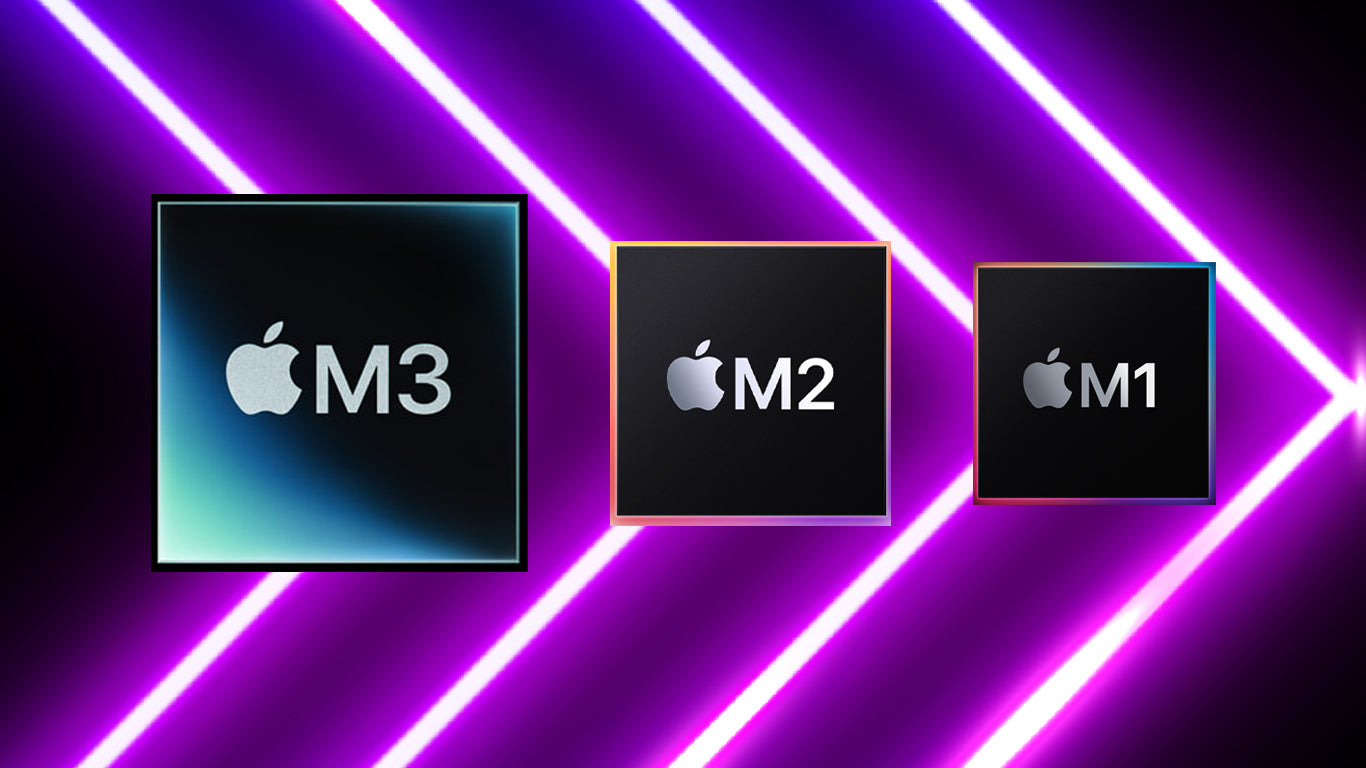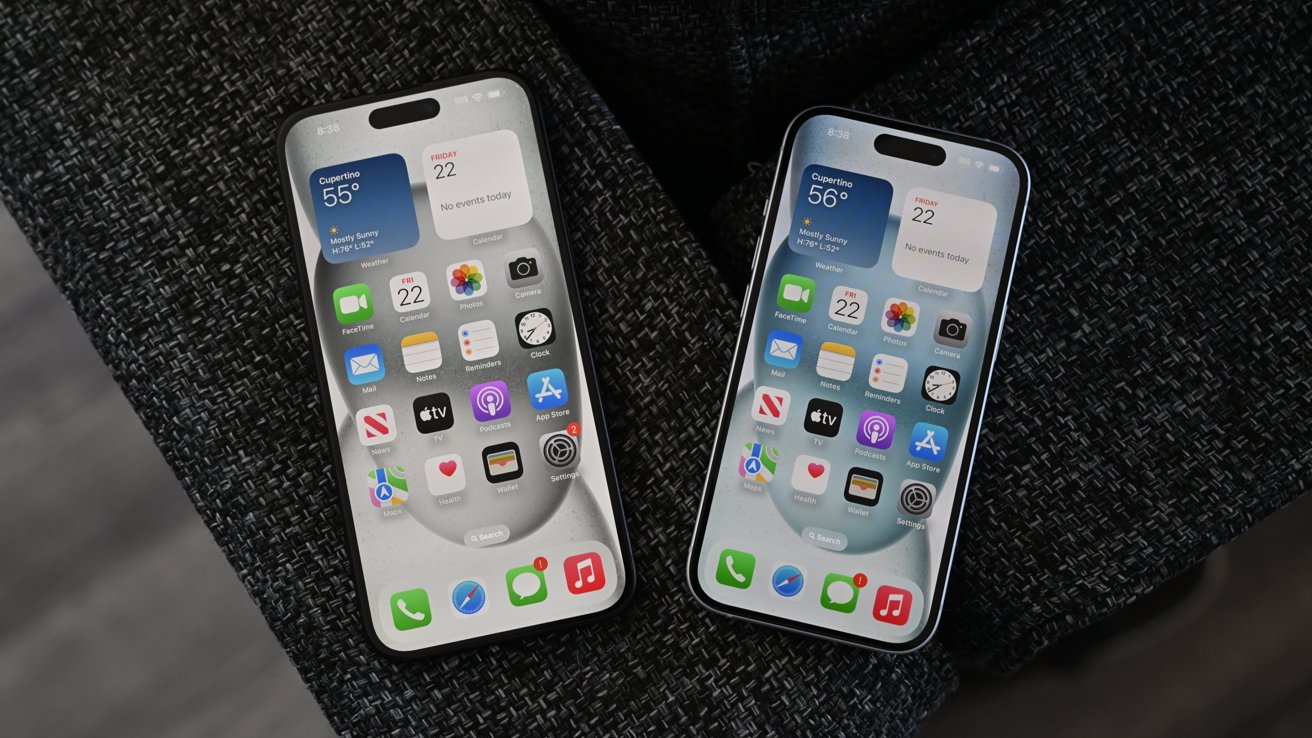Here are some tips to tackle low storage issues caused by System Data on your iPhone:
Managing storage capacity is crucial for mobile device users, whether it's an iPhone, iPad, or Mac.
Those with ample storage space face fewer challenges compared to users with more limited capacities.
Typically, you can free up space by offloading or deleting apps, organizing stored videos and files, and utilizing cloud storage options.
Implementing these techniques can effectively manage storage usage and optimize device performance.
Certainly, while deleting files and clearing app caches can be helpful, they may not address occasional issues related to bloated System Data. At times, System Data can expand significantly, posing challenges in freeing up space.
To address this issue and restore your device to a more manageable storage level, here are some steps you can take:
What's System Data on an iPhone?
These categories are self-explanatory: Photos and Media include images, videos, and other typical media-style files. Apps encompass apps downloaded from the App Store along with their data caches. iOS denotes storage used by the operating system itself, while System Data refers to the storage space occupied by the operating system's files and processes.
To check storage usage in iOS:
- Open the Settings app on your iPhone.
- Tap on "General," then select "iPhone Storage."
- You'll see a bar graph at the top, indicating the overall storage usage.
- Below the graph, you'll find a list of apps, each showing its individual storage usage. Tap on each app to view its size and related files. You'll also see options to offload the app or delete its data.
- Towards the bottom of the list, you'll find categories for iOS and System Data.
- System Data, also referred to as "Other System Data" in the Settings app, encompasses various files not covered by other categories.

System Data on iOS comprises caches, logs, and other resources currently in use by the system. This category may contain various logs, temporary data stores, and other elements not strictly associated with any specific app. For instance, downloading Siri voices or installing fonts can expand this section, although they are not owned by a particular app or the operating system itself.
System Data usage can fluctuate according to system needs, with temporary data being written and removed as required by iOS. However, the challenge lies in the inability to view the types of data within this category or delete them.
Initially, Other System Data may occupy a few gigabytes of space, which can grow or shrink over time based on iPhone usage patterns. However, prolonged growth in the size of Other System Data can lead to storage consumption issues, with some users experiencing significant space usage, sometimes tens of gigabytes.
The root cause of this expansion is unclear but may stem from the continuous addition of logs or caches without corresponding deletions. If left unaddressed, excessive System Data usage can monopolize available storage, leading to device performance issues.
Unfortunately, there is no direct method to identify or selectively remove problematic System Data elements, leaving users with limited options.
To mitigate System Data usage, users can take several steps, starting with less intrusive measures:
- Clear Safari and Messages Cache: Reduce cache usage in select Apple apps, such as Safari and Messages, which can contribute to System Data usage.
These measures should be undertaken after considering other space-saving strategies, such as deleting unnecessary files. Additionally, ensure to back up your iPhone data before proceeding to avoid inadvertent data loss.

To reduce System Data usage, you can take specific actions within your iOS device:
For Messages:
- Open Settings on your iPhone.
- Scroll down and tap on Messages.
- Under Message History, adjust the "Keep Messages" setting from "Forever" to a shorter duration like one year or 30 days.
For Safari:
- Open Settings.
- Scroll and tap on Safari.
- Scroll down and select "Clear History and Website Data."
- Choose a timeframe for the data you want to clear and tap "Clear History."
For per-app caches: If you suspect a particular app is contributing to the problem:
- Identify the app possibly using excessive space.
- Delete the app from your device.
By taking these steps, you can potentially free up space occupied by caches and reduce System Data usage on your iOS device.

While these methods may not guarantee the removal of problematic cache data, they can help reduce the active usage of such data:
Offloading Apps:
- Open Settings on your iPhone.
- Tap on General.
- Select "iPhone Storage."
- Scroll down and tap on the relevant app.
- Tap "Offload App," then confirm by tapping "Offload App" again.
Alternatively, you can choose to "Delete App," but this will remove the app along with its related documents and data.
Backup Restoration: If all else fails, you can consider restoring your iPhone from a backup. This involves backing up all your data, performing a factory reset on the iPhone, and then restoring from the backup. However, be aware that this process may lead to issues with two-factor authentication apps and other settings following the device setup.
Please note that these steps should be taken with caution, and it's recommended to back up your data before proceeding with any drastic measures.

Restoring from a backup proved to be an effective solution, making it a worthwhile step to resolve storage-related issues. Here's how to backup your iPhone and restore from backup:
Backing up your iPhone:
- Connect your iPhone to your Mac or PC and open Finder or iTunes.
- Select your iPhone, then go to the General tab.
- Choose "Back up all the data on your iPhone to this Mac."
- To preserve account passwords and Health data, check "Encrypt local backup."
- Click "Back Up Now" and wait for the process to complete.
- Once finished, disconnect your iPhone.
Restoring from backup:
- Open Settings on your iPhone and go to General > Transfer or Reset iPhone.
- Tap "Erase All Content and Settings," then tap Continue and follow the prompts to confirm.
- After the device is wiped, reconnect it to your Mac or PC and open Finder or iTunes.
- Select your iPhone, then under General, click "Restore Backup."
- Choose the most recent backup you created and click "Restore." Follow the on-screen instructions to complete the process.
By following these steps, you can backup and restore your iPhone, potentially resolving storage issues and optimizing device performance.



